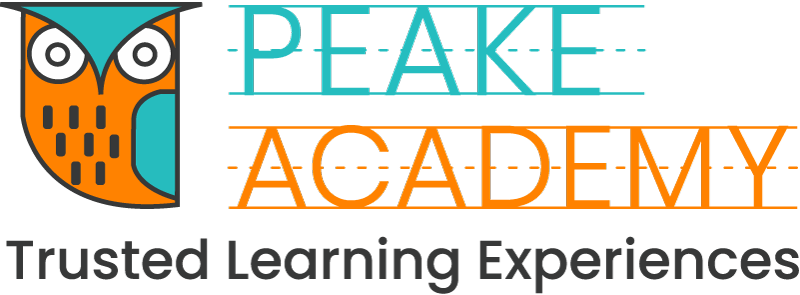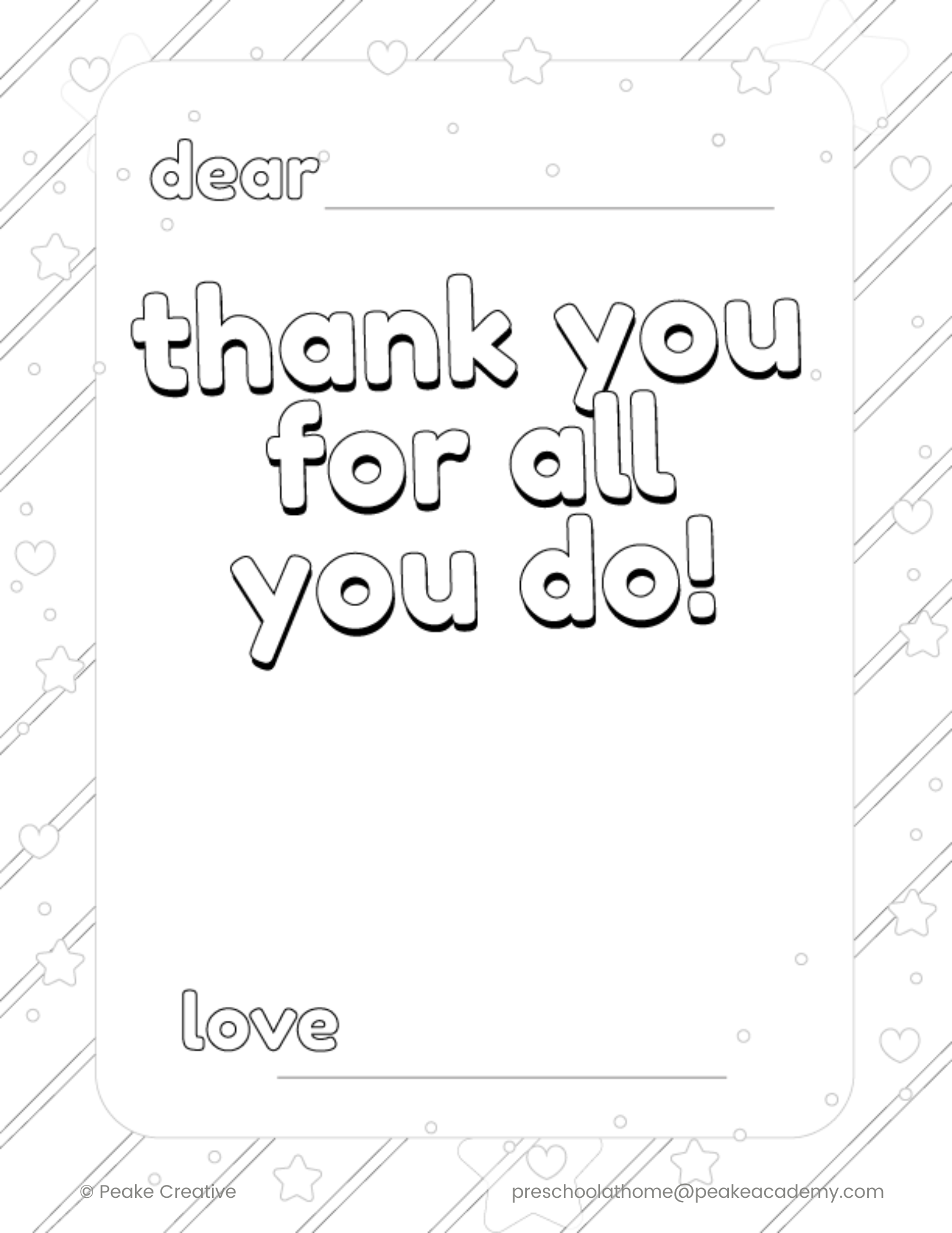How to Talk to your Preschooler about Community Helpers
It's never too early to start talking to your children about community helpers. In fact, the earlier you start, the better! Teaching kids about community helpers helps them develop a sense of civic responsibility and understand how their community works. In this article, we will discuss some tips for talking to your preschooler about community helpers. Keep reading for more information.
How do you explain community helpers to preschoolers?
One way to explain community helpers to your preschooler is by using examples of people who help them in their everyday lives. For instance, you can explain that the cashier at the grocery store is a community helper because they help people buy their food. You can also explain that firefighters are community helpers because they help keep people safe.
Other ways to explain community helpers include talking about their job duties and how they help people. For instance, you can explain that police officers help keep people safe by arresting criminals and responding to emergencies. You can also explain that teachers help children learn by teaching them new things in school.
How do you introduce a community helper to preschoolers?
One of the best ways to introduce your preschooler to community helpers is by reading books about them. There are many great children's books that feature community helpers, such as firefighters, police officers, doctors, and nurses. Reading these types of books with your child will help them learn more about what community helpers do and why they are important.
Another great way to teach your preschooler about community helpers is by taking them on a field trip to see them in action. If you live near a fire station, police station, or hospital, consider taking your child for a tour. This will give them a firsthand look at what community helpers do and how they help people.
Finally, you can also talk to your preschooler about community helpers by teaching them some simple safety tips. For example, you can teach them how to call 911 in an emergency, what to do if they see a stranger, and how to stay safe when they are out and about. By teaching your child these things, you will help them understand the importance of community helpers and how they can help keep people safe.
Why is it important to teach preschoolers about community helpers?
There are many reasons why it is important to teach preschoolers about community helpers. As we mentioned before, teaching kids about community helpers helps them develop a sense of civic responsibility and understand how their community works.
Additionally, learning about community helpers can also help children feel more comfortable and confident when they encounter them in their everyday lives. For instance, if a child knows that firefighters are community helpers who help keep people safe, they will be less likely to be afraid of them if they see one in their neighborhood.
Finally, teaching preschoolers about community helpers can also help them understand and appreciate the importance of helping others. By learning about the ways that community helpers help people, children can see the importance of lending a helping hand to those in need.
These are just a few of the reasons why it is important to teach preschoolers about community helpers. By doing so, you will help them develop a better understanding of their community and how they can help make it a better place for everyone.
Thank you for reading this content. Subscribe to our Weekly Newsletter. We occasionally send resources of great value and freebies and we would love to send them to you for free!
Here’s a fun Fall Harvest Activity Page made by Peake Academy Preschool At Home.
Visit our Parent Advisor and The Buzz Blogs to learn more about related topics and parenting tips. You are welcome to join our private Parent Advisor Facebook group. It’s a growing community of parents and preschool teachers where you can learn and share more parenting tips.


